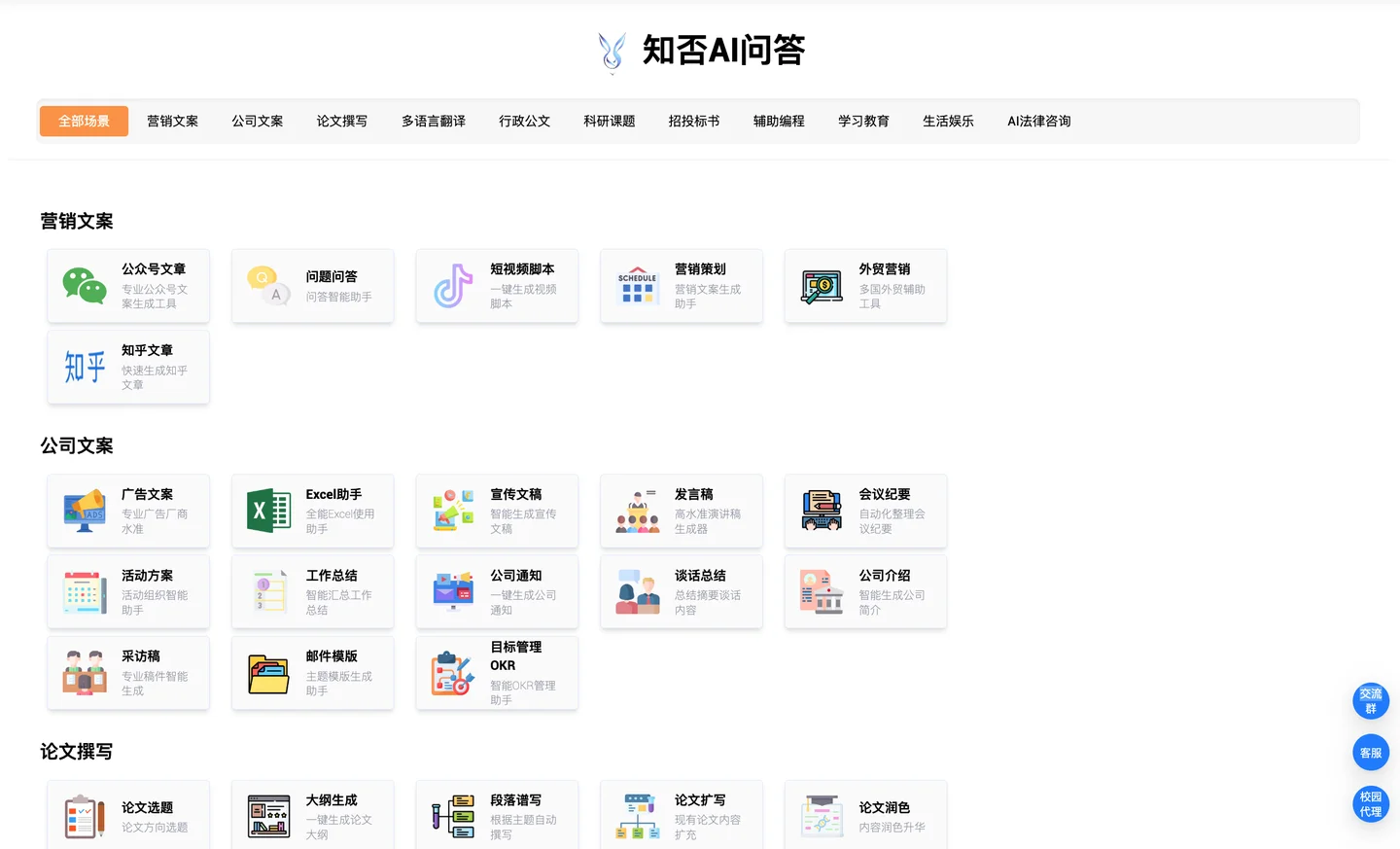As noted above, the new Bing is designed to provide responses supported by the information in web search results when users are seeking information. For example, the system is provided with text from the top search results and instructions via the metaprompt to ground its response. However, in summarizing content from the web, the new Bing may include information in its response that is not present in its input sources. In other words, it may produce ungrounded results. Our early evaluations have indicated that ungrounded results in chat may be more prevalent for certain types of prompts or topics than others, such as asking for mathematical calculations, financial or market information (for example, company earnings, stock performance data), and information like precise dates of events or specific prices of items. Users should always take caution and use their best judgment when viewing summarized search results, whether on the search results page or in the chat experience. We have taken several measures to mitigate the risk that users may over-rely on ungrounded generated content in summarization scenarios and chat experiences. For example, responses in the new Bing that are based on search results include references to the source websites for users to verify the response and learn more. Users are also provided with explicit notice that that they are interacting with an AI system and advised to check the web result source materials to help them use their best judgment. AI-based classifiers and metaprompting to mitigate harms or misuse.
The use of LLMs may produce problematic content that could lead to harms or misuse. Examples could include output related to self-harm, violence, graphic content, intellectual property, inaccurate information, hateful speech, or text that could relate to illegal activities. Classifiers and metaprompting are two examples of mitigations that have been implemented in the new Bing to help reduce the risk of these types of content. Classifiers classify text to flag different types of potentially harmful content in search queries, chat prompts, or generated responses. Bing uses AI-based classifiers and content filters, which apply to all search results and relevant features; we designed additional prompt classifiers and content filters specifically to address possible harms raised by the new Bing features such as chat and Bing Image Creator. Flags lead to potential mitigations, such as not returning generated content to the user, diverting the user to a different topic, or redirecting the user to traditional search. Metaprompting involves giving instructions to the model to guide its behavior, including so that the system behaves in accordance with Microsoft's AI Principles and user expectations. For example, the metaprompt may include a line such as “communicate in the user’s language of choice.” Protecting privacy in Visual Search in Chat.
当用户上传一张图像作为他们聊天提示的一部分时,Bing将在将图像发送到AI模型之前采用面部模糊技术。面部模糊用于保护图像中个人的隐私。面部模糊技术依赖于上下文线索来确定在哪里模糊,并将尝试模糊所有的面部。在脸部模糊的情况下,AI模型可以将输入的图像与互联网上公开可用的图像进行比较。结果,例如,新闻Bing可能能够通过创建反映球员的球衣号码、球衣颜色、篮球框的存在等的数字表示,从篮球场上的著名篮球运动员的照片中识别该球员。Bing不会存储上传图片中人物的数字表示,也不会与第三方分享。Bing使用用户上传图像的数字表示,只是为了回应用户的提示,然后在聊天结束后30天内删除。 如果用户向Bing chat询问关于上传图像的信息,聊天回复可能会反映面部模糊对模型的影响。提供上传图像信息的能力。例如,新必应可能会将某人描述为面部模糊。
限制对话漂移。 在预览阶段,我们了解到非常长的聊天会话可能会导致重复、无益或与新Bing预期基调不一致的响应。为了解决这种会话漂移,我们限制了每次聊天会话的话轮数(包含用户提问和Bing回复的交流)。我们将继续评估缓解这一问题的其他方法。
迅速浓缩。
The new Bing Image Creator has enabled the “Content Credentials” feature, which uses cryptographic methods to mark the source, or “provenance,” of all AI-generated images created on the new Bing. The invisible digital watermark feature shows the source, time, and date of original creation, and this information cannot be altered. The technology employs standards set by the Coalition for Content and Authenticity (C2PA) to add an extra layer of trust and transparency for AI-generated images. Microsoft is a co-founder of C2PA and has contributed with the core digital content provenance technology.
Terms of Use and Code of Conduct. This resource governs use of the new Bing. Users should abide by the Terms of Use and Code of Conduct, which, among other things, informs them of permissible and impermissible uses and the consequences of violating terms. The Terms of Use also provides additional disclosures for users and serves as a handy reference for users to learn about the new Bing.
Operations and rapid response. We also use Bing’s ongoing monitoring and operational processes to address when the new Bing receives signals, or receives a report, indicating possible misuse or violations of the Terms of Use or Code of Conduct.
Feedback, monitoring, and oversight. The new Bing experience builds on existing tooling that allows users to submit feedback and report concerns, which are reviewed by Microsoft’s operations teams. Bing’s operational processes have also expanded to accommodate the features within the new Bing experience, for example, updating the Report a Concern page to include the new types of content that users generate with the help of the model.
Our approach to identifying, measuring, and mitigating harms will continue to evolve as we learn more, and we are already making improvements based on feedback gathered during the preview period. Automated content detection.
当用户上传图片作为聊天提示的一部分时,必应会部署工具来检测儿童性剥削和虐待图像(CSEAI),其中最著名的是PhotoDNA哈希匹配技术。微软开发了PhotoDNA来帮助寻找已知CSEAI的副本。根据美国法律的要求,微软向国家失踪和受虐儿童中心(NCMEC)报告了所有明显的CSEAI。 This resource governs use of the new Bing. Users should abide by the Terms of Use and Code of Conduct, which, among other things, informs them of permissible and impermissible uses and the consequences of violating terms. The Terms of Use also provides additional disclosures for users and serves as a handy reference for users to learn about the new Bing.
Operations and rapid response. We also use Bing’s ongoing monitoring and operational processes to address when the new Bing receives signals, or receives a report, indicating possible misuse or violations of the Terms of Use or Code of Conduct.
Feedback, monitoring, and oversight. The new Bing experience builds on existing tooling that allows users to submit feedback and report concerns, which are reviewed by Microsoft’s operations teams. Bing’s operational processes have also expanded to accommodate the features within the new Bing experience, for example, updating the Report a Concern page to include the new types of content that users generate with the help of the model.
Our approach to identifying, measuring, and mitigating harms will continue to evolve as we learn more, and we are already making improvements based on feedback gathered during the preview period.
Automated content detection. When users upload images as part of their chat prompt, Bing deploys tools to detect child sexual exploitation and abuse imagery (CSEAI), most notably PhotoDNA hash-matching technology. Microsoft developed PhotoDNA to help find duplicates of known CSEAI. Microsoft reports all apparent CSEAI to the National Center for Missing and Exploited Children (NCMEC), as required by US law.






